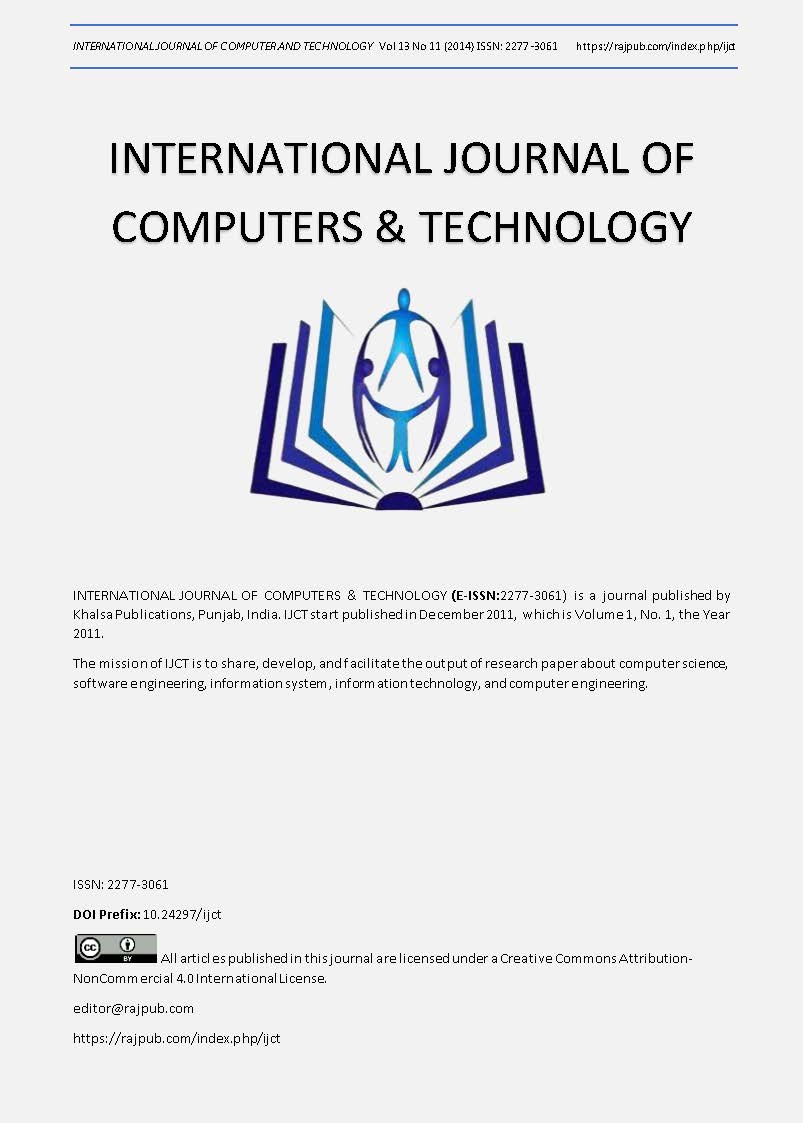Reducing the Impurity of Object-Oriented DatabaseThrough Gini Index
DOI:
https://doi.org/10.24297/ijct.v13i11.2787Keywords:
UML, Decision Tree, Classification rules, GINI Index, Gain ratio, Object-Oriented database.Abstract
In the current scenario, the size of database is increasing due to audio and video files. In the database, irregularities occur due to duplication of data at many places, therefore, it needs reconstruction of database size. The present work deals with reducing of impurity through a well-known Gini index technique. Since many of software’s are using the object-oriented databases, therefore, an object-oriented database is considered, A real object-oriented database for Electricity Bill Deposit System is considered. A sample size of 15 records is considered, however the present technique can be applied for large size or even for the complex database. A decision tree is constructed and sample queries are performed for verifying the result and Gini index is computed for minimizing the impurity in the presented object-oriented database. Â









